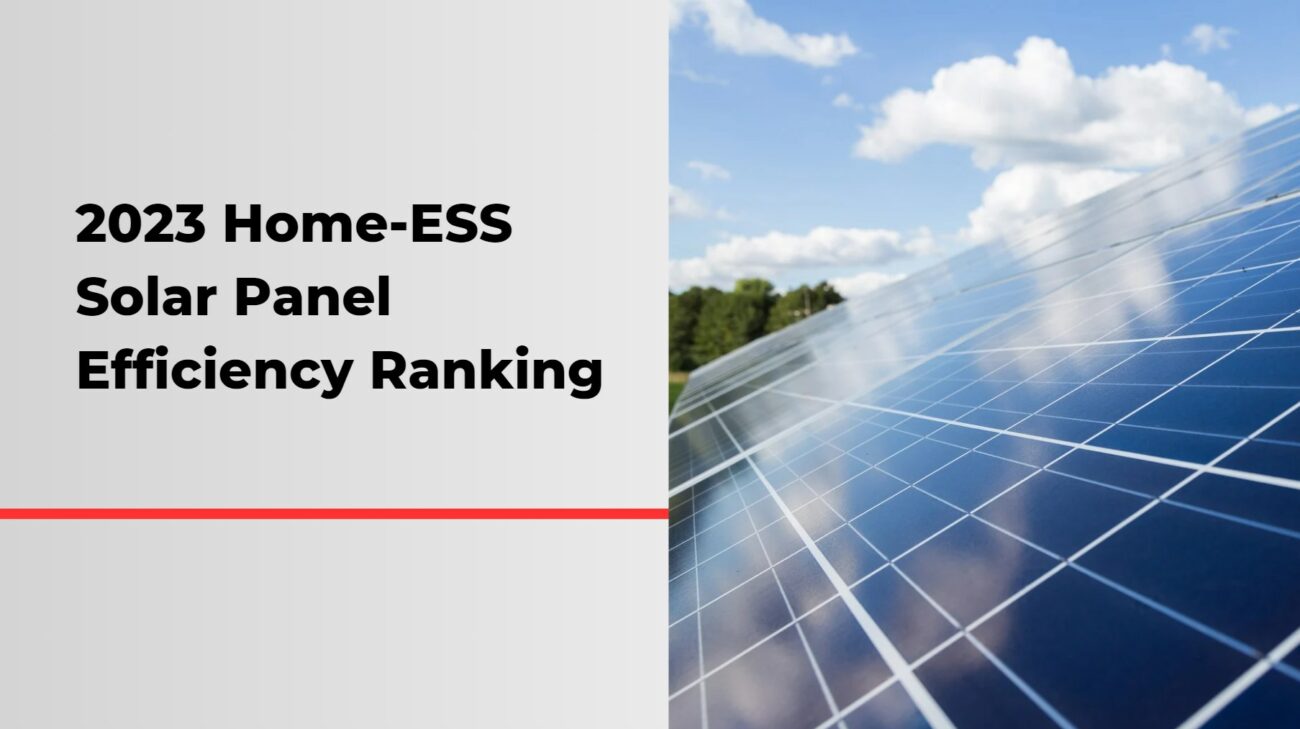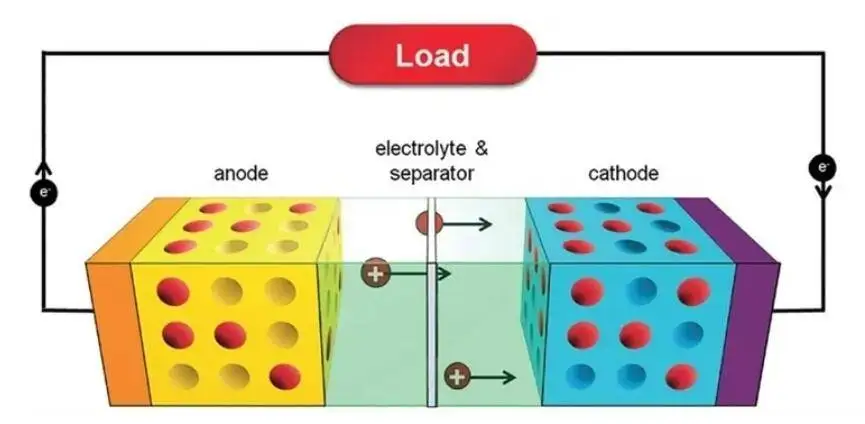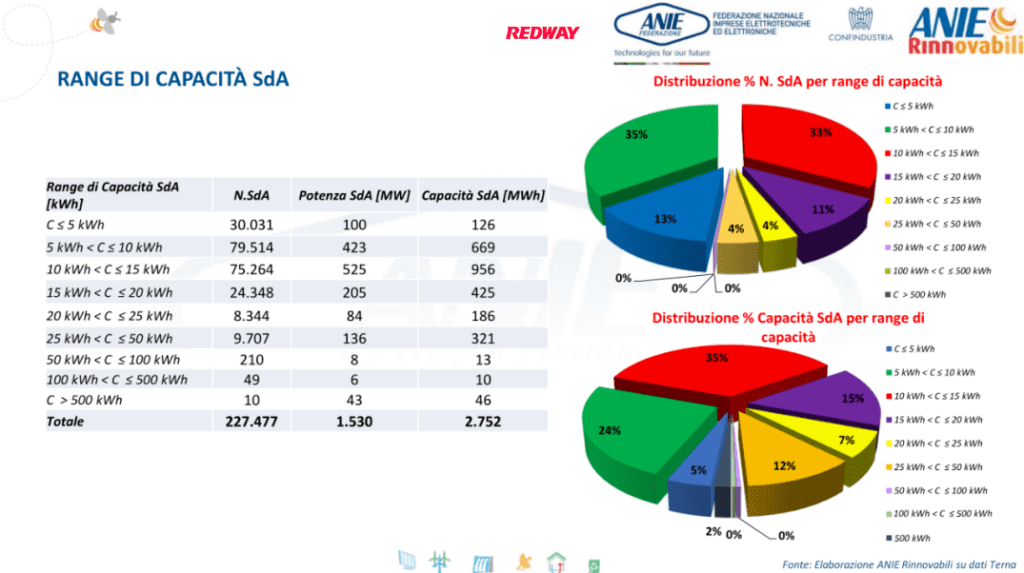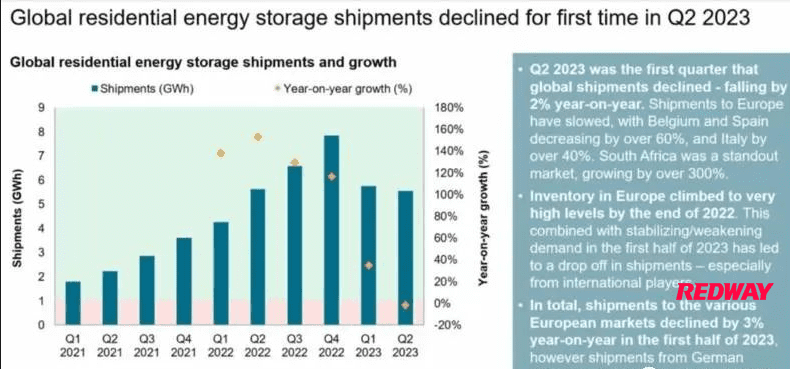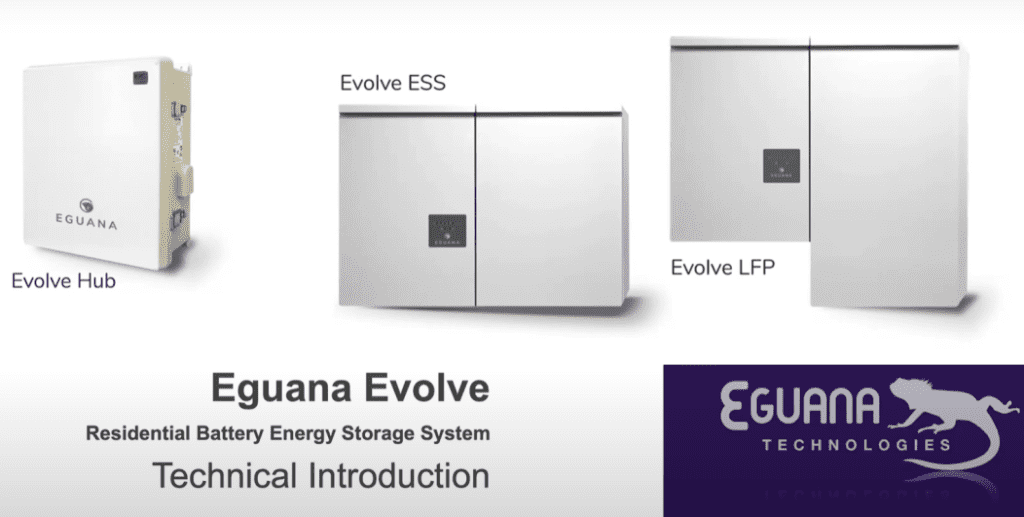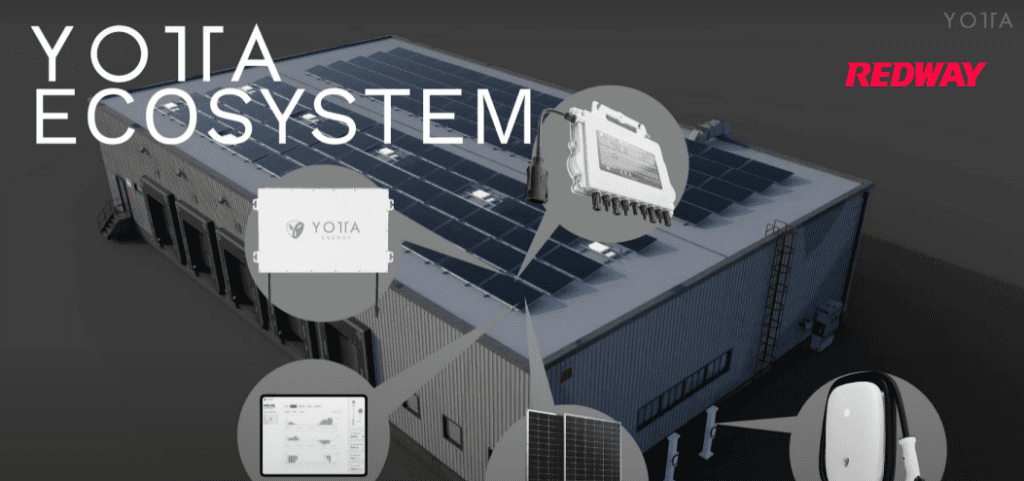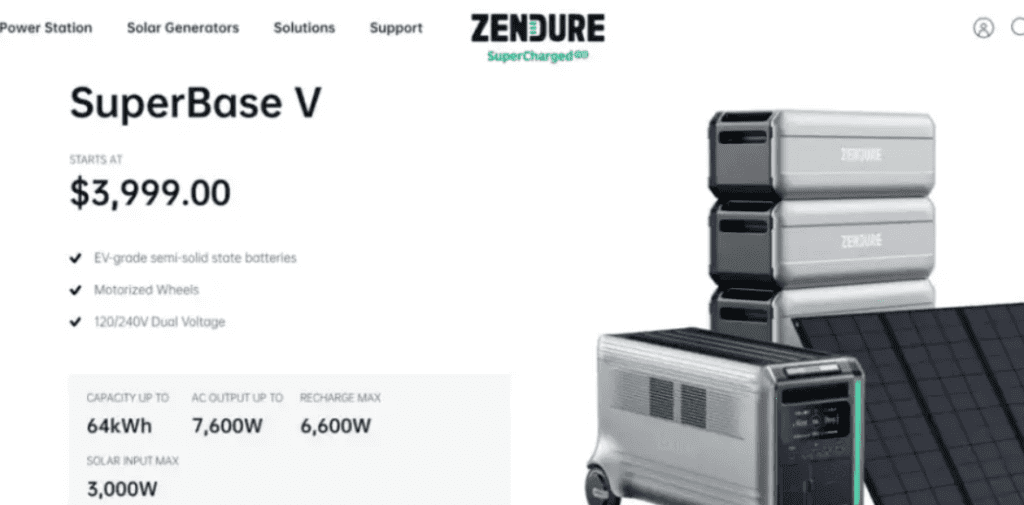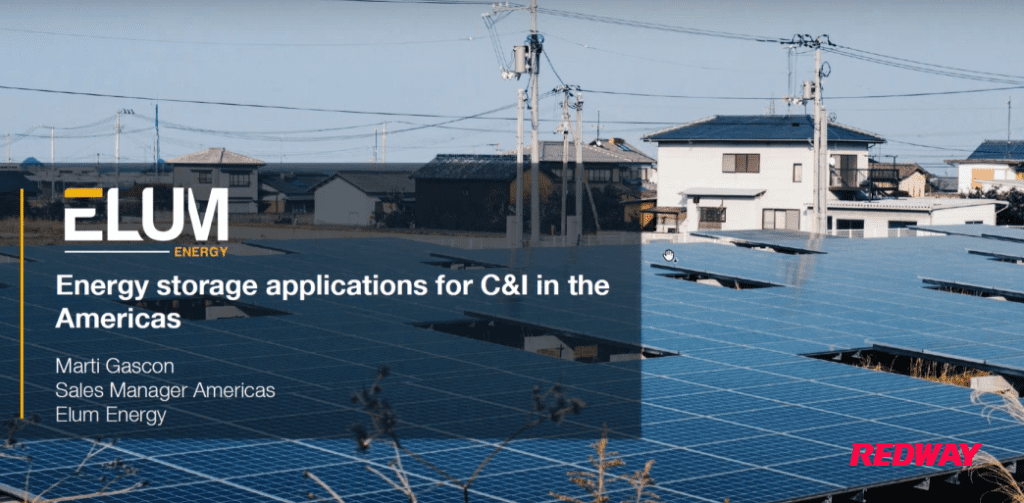Tesla has experienced significant fluctuations in its solar PV and energy storage markets recently. While its solar PV deployments have dropped by 33%, its energy storage solutions have surged by an impressive 222% year-on-year. This article explores these trends, their underlying causes, and what they mean for the future of renewable energy.
How is Tesla’s energy storage business performing in recent quarters?
Tesla’s energy storage business has shown remarkable growth, with a 222% increase in deployments year-over-year, reaching 3.7 GWh in Q2 2023. This growth is attributed to the ramp-up of production at its dedicated Megapack factory in Lathrop, California, which aims for an annual capacity of 40 GWh. Despite a slight decline from Q1 to Q2, the overall trend indicates a robust demand for energy storage solutions as utilities and businesses seek to enhance their grid resilience and integrate renewable sources more effectively.Tesla Energy Storage Growth
What factors contributed to the 33% drop in Tesla’s solar PV deployments?
The 33% decline in Tesla’s solar PV deployments can be primarily linked to rising interest rates, which have made financing projects more expensive. Additionally, competition in the solar market has intensified, affecting Tesla’s market share. The company reported a decrease to just 66 MW deployed year-over-year, despite earlier expansions of 40% in Q1 2023. These challenges reflect broader market dynamics rather than a lack of demand for solar technology.Tesla Solar PV Deployment Trends
Why did Tesla’s energy storage surge by 222% year-on-year?
The surge in Tesla’s energy storage can be attributed to several key factors:
- Increased Demand for Renewable Integration: As more renewable projects come online, there is a growing need for efficient energy storage solutions.
- Government Incentives: Policies like the Inflation Reduction Act have provided substantial financial support for clean energy investments.
- Technological Advancements: Innovations in battery technology have improved performance and reliability, making products like the Megapack more appealing to utilities.
CEO Elon Musk has emphasized that he expects the growth rate of the energy storage business to outpace that of automotive sales moving forward.
What are the implications of government incentives on Tesla’s energy business?
Government incentives play a crucial role in shaping the landscape for renewable energy companies like Tesla. The Inflation Reduction Act, which allocates approximately $370 billion for clean energy investments, has created a favorable environment for growth. These incentives not only lower costs for consumers but also encourage utilities to invest in large-scale storage solutions. As a result, companies like Tesla can expand their market presence and innovate more aggressively.
How does Tesla’s energy storage growth compare to its automotive sector?
While Tesla’s automotive sector has historically outpaced its energy division, recent trends indicate a shift. The automotive segment continues to face challenges such as price cuts and increased competition, leading to slower growth rates compared to the booming demand for energy storage solutions. In fact, analysts predict that by 2024, the growth rate of deployments and revenue from the Energy Storage business will surpass that of automotive sales.
What future trends can we expect in Tesla’s energy storage and solar markets?
Looking ahead, several trends are likely to shape Tesla’s trajectory:
- Continued Expansion: With plans for new factories and increased production capacity, Tesla is poised to meet growing demand.
- Technological Innovation: Advances in battery technology will likely enhance efficiency and reduce costs.
- Market Diversification: As competition increases, Tesla may explore partnerships or new markets beyond traditional residential installations.
Latest News
Recent reports highlight that despite a dip in solar PV deployments, Tesla’s Megapack production is ramping up significantly. The company is on track to produce over 100 GWh per year by 2025 due to strong demand from utility-scale projects worldwide. Furthermore, analysts have noted that as governments push for cleaner energy solutions, companies like Tesla stand to benefit substantially from these shifts.
Editor Comment
“The current dynamics within the renewable sector demonstrate that while challenges exist—particularly in solar PV—Tesla’s strategic focus on energy storage positions it favorably for future growth,” says an industry expert. “As global demand for sustainable solutions accelerates, companies that adapt swiftly will lead the charge.”
FAQ Section
Q: Why did Tesla’s solar PV deployments decline?
A: The decline is attributed mainly to rising interest rates affecting project financing and increased competition within the solar market.Q: What has driven the growth of Tesla’s energy storage?
A: Key drivers include heightened demand for renewable integration, supportive government policies, and advancements in battery technology.Q: How do government incentives impact renewable energy companies?
A: Government incentives lower costs for consumers and encourage investments from utilities, creating a favorable environment for companies like Tesla.Q: What trends should we watch in Tesla’s future?
A: Expect continued expansion of production capacity, technological innovations in battery systems, and potential diversification into new markets.




